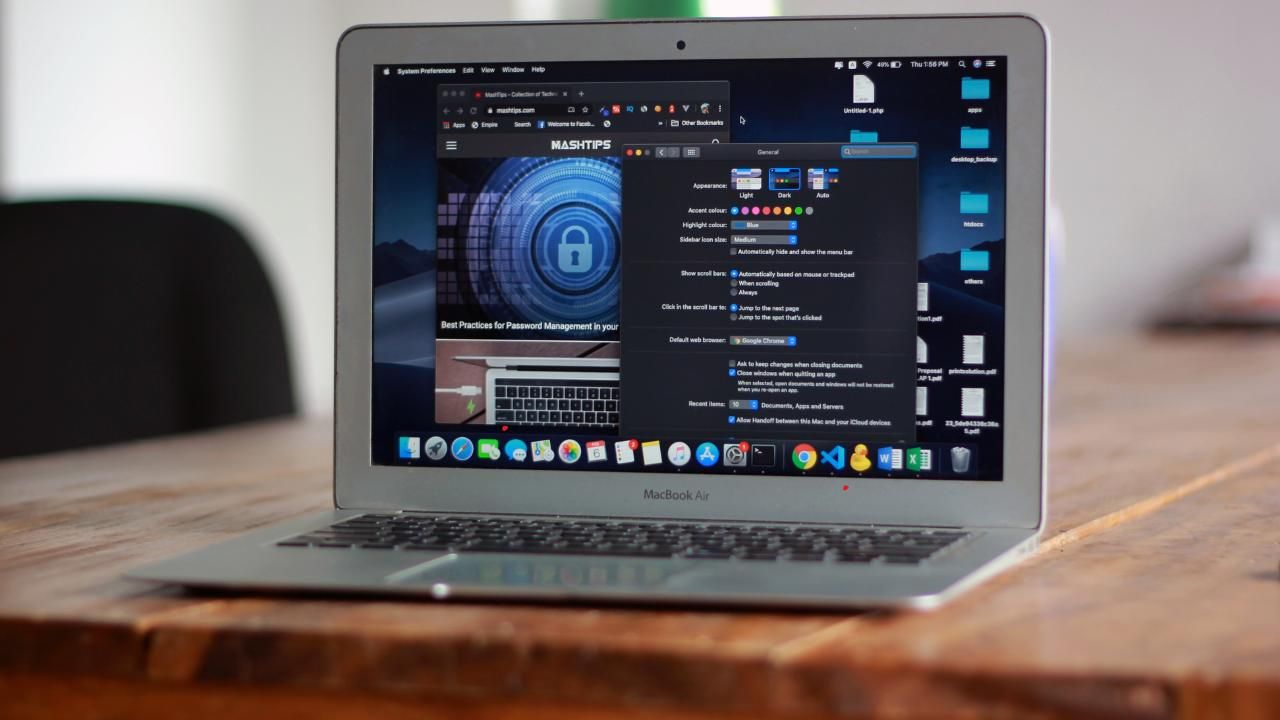Top Cybersecurity Threats Facing Businesses Today

Cybersecurity has become a top priority for businesses of all sizes. As companies increasingly rely on digital tools and IT services to operate, cybercriminals continue to evolve their tactics. A single security breach can result in financial loss, legal liabilities, and reputational damage.
Understanding the most pressing cybersecurity threats can help businesses take proactive measures to protect their data and systems. Below are some of the biggest cybersecurity risks organizations face today.
1. Phishing Attacks
Phishing remains one of the most effective cyber threats, accounting for a significant number of security breaches. Cybercriminals use deceptive emails, messages, or websites to trick employees into revealing sensitive information such as passwords, financial data, or customer records.
How businesses can protect themselves:
- Implement email filtering tools to detect and block suspicious messages.
- Train employees to recognize phishing attempts and avoid clicking on unknown links.
- Use multi-factor authentication (MFA) to add an extra layer of security.
2. Ransomware Attacks
Ransomware is a type of malware that encrypts a company's data, rendering it inaccessible until a ransom is paid. These attacks have become more sophisticated, often targeting critical business operations and demanding large payments in cryptocurrency.
How businesses can protect themselves:
- Regularly back up important data and store it in a secure, offline location.
- Keep software and security patches up to date to prevent vulnerabilities.
- Educate employees on safe internet practices, including avoiding unverified downloads and links.
3. Insider Threats
Not all cybersecurity threats come from external hackers—some originate from within the company. Insider threats can be intentional, such as a disgruntled employee stealing data, or unintentional, such as an employee mishandling sensitive information.
How businesses can protect themselves:
- Implement role-based access controls to limit data access.
- Monitor user activity for any unusual behavior or unauthorized data transfers.
- Conduct regular cybersecurity training to help employees understand security best practices.
4. Weak Passwords and Credential Theft
Many data breaches occur due to weak or reused passwords. Cybercriminals use automated tools to guess passwords or steal credentials through phishing attacks and data leaks.
How businesses can protect themselves:
- Require employees to use strong, unique passwords for each account.
- Implement password managers to help employees securely store and manage credentials.
- Enforce multi-factor authentication (MFA) to prevent unauthorized access.
5. Cloud Security Vulnerabilities
As more businesses migrate to cloud-based IT services, cybercriminals are finding new ways to exploit misconfigured cloud settings and insecure API connections.
How businesses can protect themselves:
- Regularly audit cloud security settings to ensure proper configurations.
- Encrypt sensitive data before uploading it to the cloud.
- Use a zero-trust security model that verifies all users and devices before granting access.
6. Internet of Things (IoT) Security Risks
The rapid adoption of IoT devices—such as smart cameras, industrial sensors, and connected medical equipment—has expanded the attack surface for cybercriminals. Many of these devices have weak security measures, making them easy targets.
How businesses can protect themselves:
- Change default passwords on IoT devices and keep their firmware updated.
- Segment IoT networks from critical business systems to minimize risks.
- Monitor network activity for any unusual behavior related to IoT devices.
7. Supply Chain Attacks
Cybercriminals are increasingly targeting third-party vendors and service providers to infiltrate businesses. A compromised vendor can serve as a backdoor for hackers to access a company’s data.
How businesses can protect themselves:
- Vet third-party vendors and require them to follow strong security protocols.
- Implement network segmentation to restrict third-party access to only necessary areas.
- Continuously monitor and audit third-party security practices.
8. Artificial Intelligence-Powered Cyber Attacks
Hackers are leveraging artificial intelligence (AI) to automate and enhance cyberattacks. AI can be used to create more convincing phishing emails, bypass security systems, and identify vulnerabilities at an unprecedented scale.
How businesses can protect themselves:
- Deploy AI-driven cybersecurity tools to detect and respond to threats in real time.
- Stay updated on emerging AI-based threats and adjust security measures accordingly.
- Conduct penetration testing to identify and fix vulnerabilities before hackers exploit them.
Final Thoughts
Cyber threats continue to evolve, and businesses must remain vigilant in protecting their digital assets. By staying informed about these threats and implementing strong security practices, companies can reduce their risk of falling victim to cyber attacks.
Investing in cybersecurity is not just about protecting data—it’s about safeguarding your company’s reputation, financial stability, and long-term success. Don’t wait until a cyberattack disrupts your operations. Hays Communications provides IT support expertise to help businesses strengthen their cybersecurity defenses. Contact our team today to ensure your business stays protected against evolving threats.






